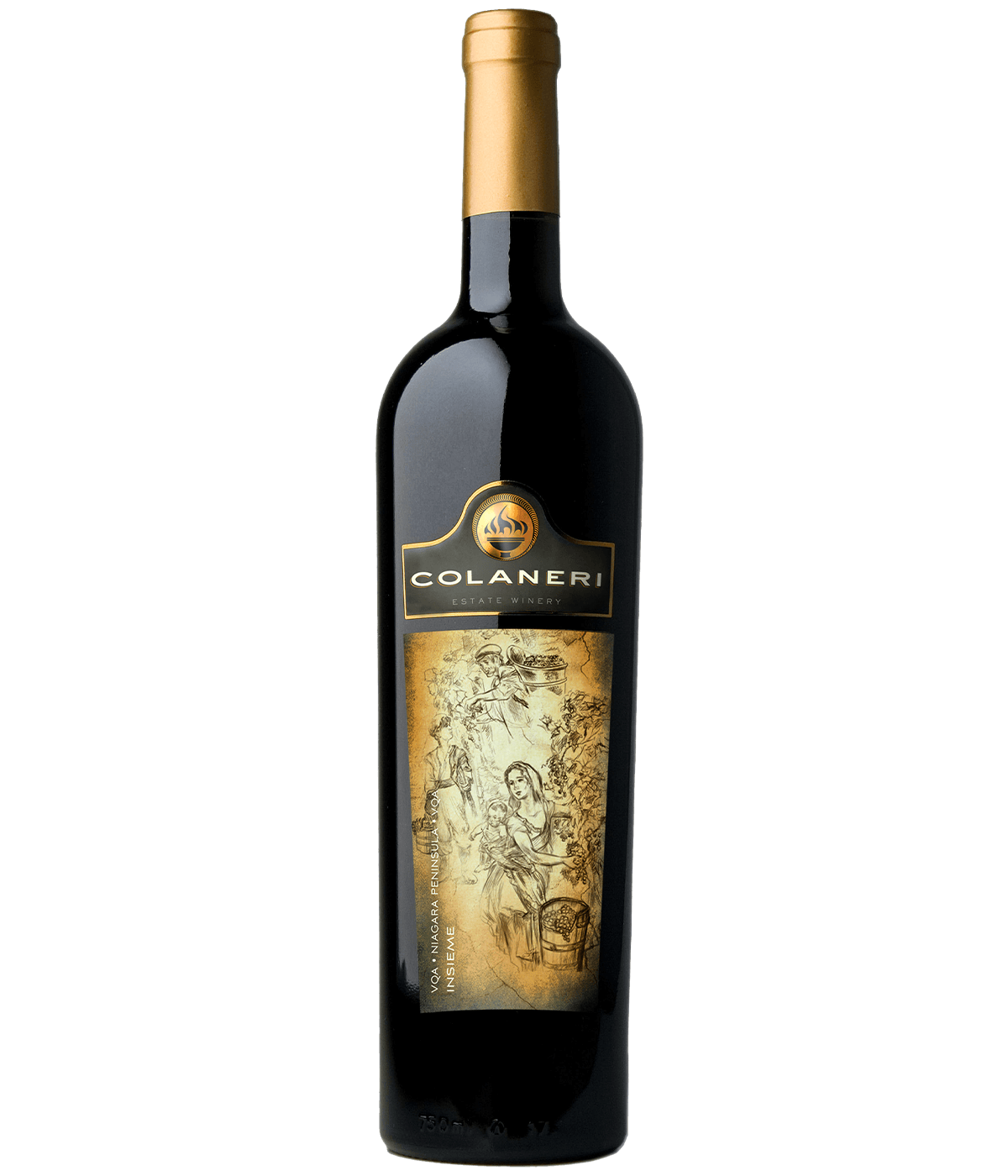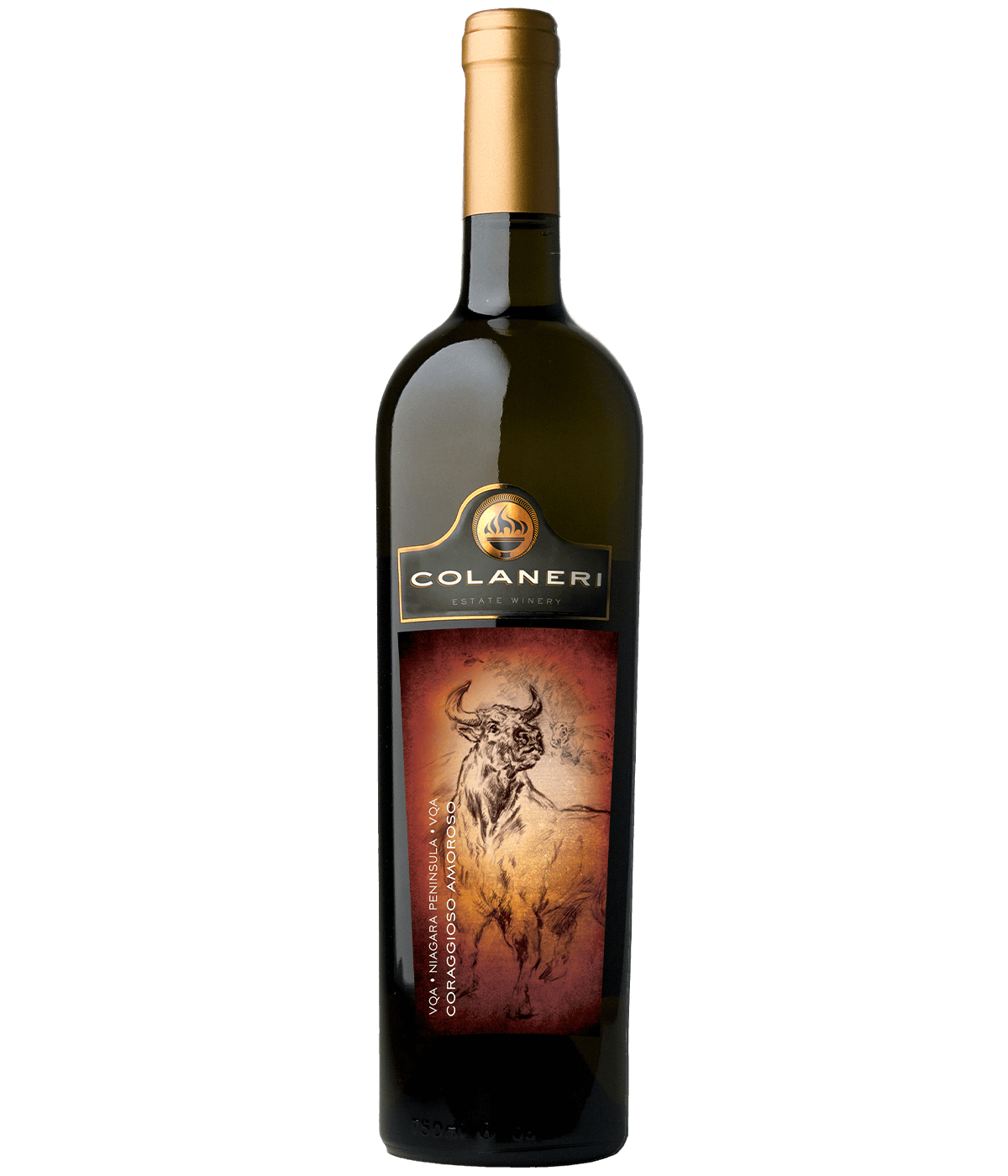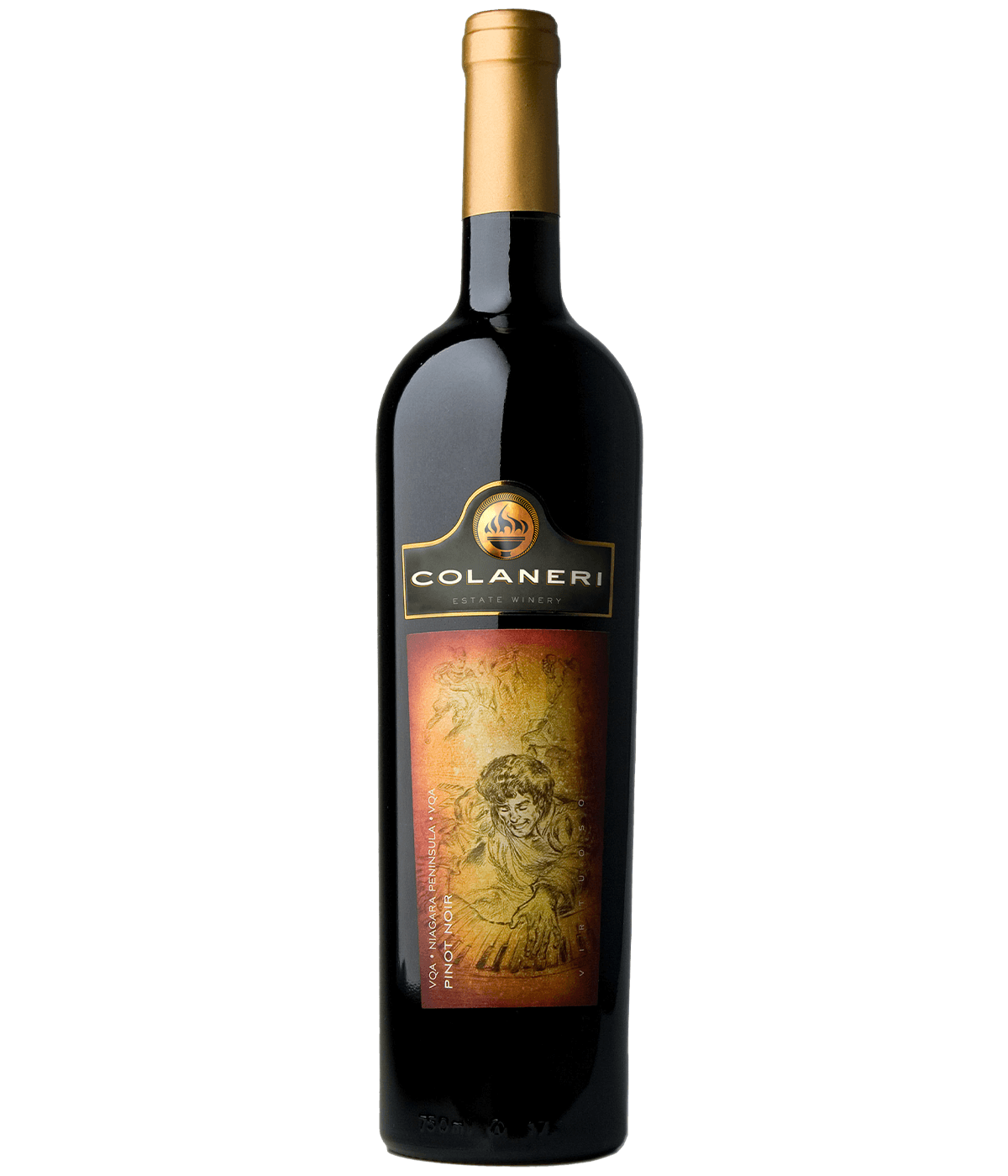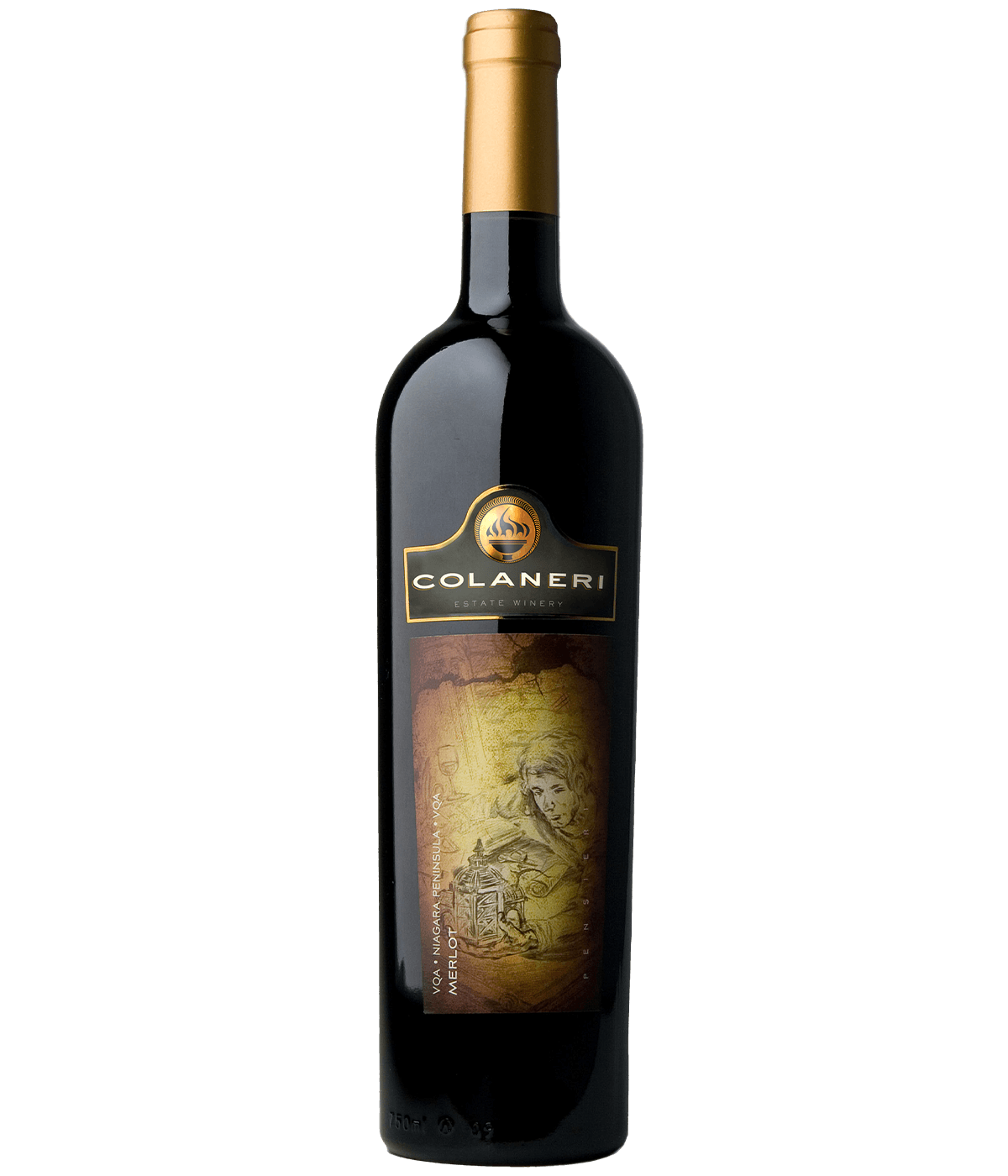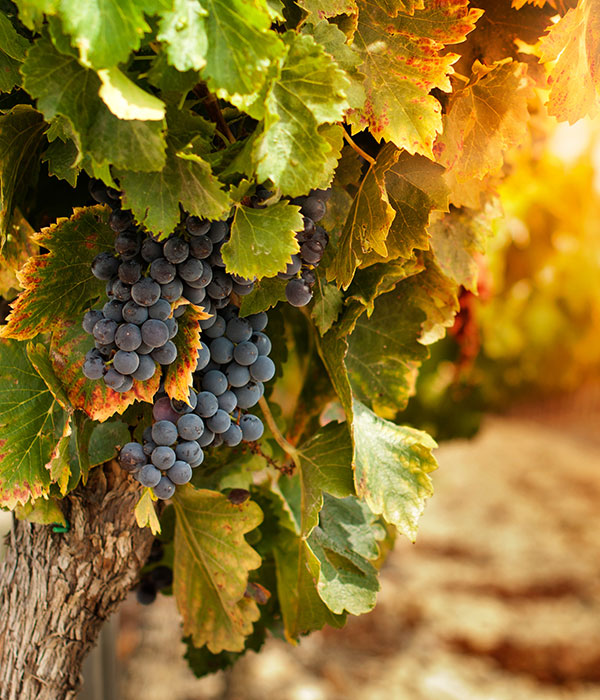
![]()
Welcome to Colaneri Estate Winery
Where tradition creates a wine legacy
Situated on the St. David’s Bench, in Niagara-on-the-Lake, our winery offers an experience like no other. Whether you are enjoying a glass of wine on the Piazza, taking a guided tour of the vineyards, or sampling our premium appassimento-style wines, there is truly an experience for everyone. Even after one visit, you will feel like part of our Family!
